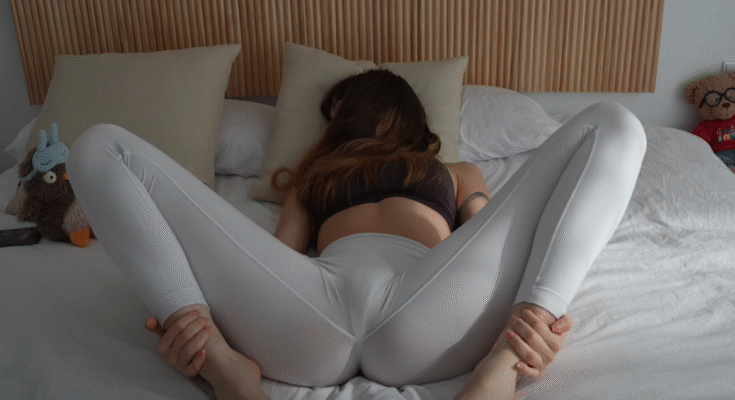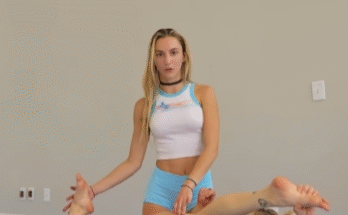Extreme leg stretching is not just a display of impressive flexibility—it’s a powerful tool for enhancing physical performance, preventing injury, and deepening your connection with your body. Whether you’re a dancer, gymnast, martial artist, yogi, or simply someone on a flexibility journey, mastering extreme leg stretches can open new dimensions of strength, control, and movement.
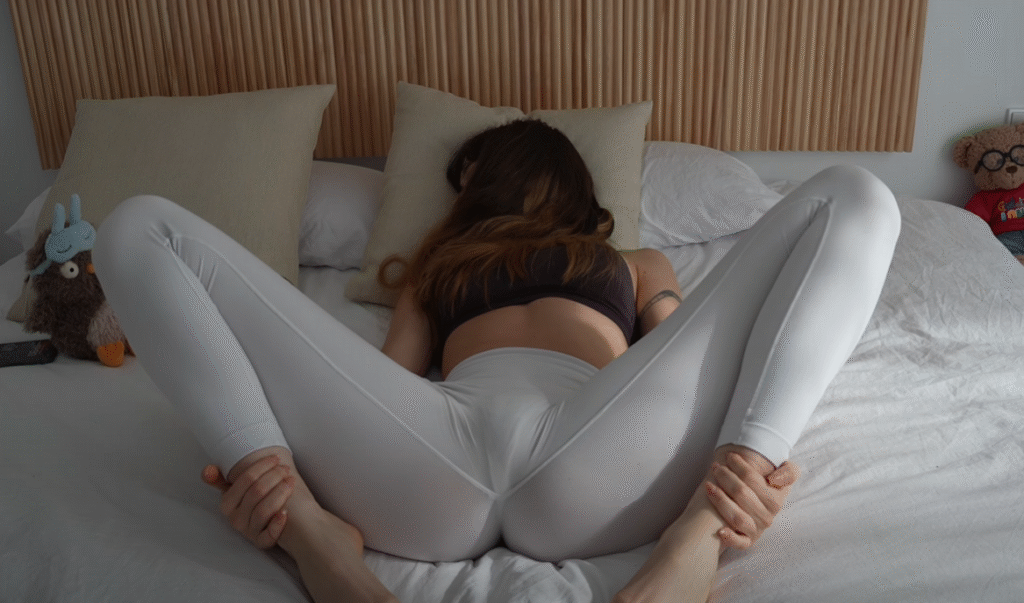
The Benefits of Extreme Leg Stretching
Leg flexibility plays a critical role in athletic performance and mobility. Stretching the legs to their fullest potential helps improve blood circulation, lengthen tight muscles, and enhance joint range of motion. For those pursuing extreme stretches like the oversplit or head-to-toe leg stretches, the benefits can also include better posture, higher kicks, deeper squats, and more graceful movement across various sports and activities.
Moreover, extreme leg stretching promotes mindfulness and patience. Flexibility isn’t achieved overnight; it takes consistent practice and listening to your body. This journey strengthens not only the legs but also the mind.
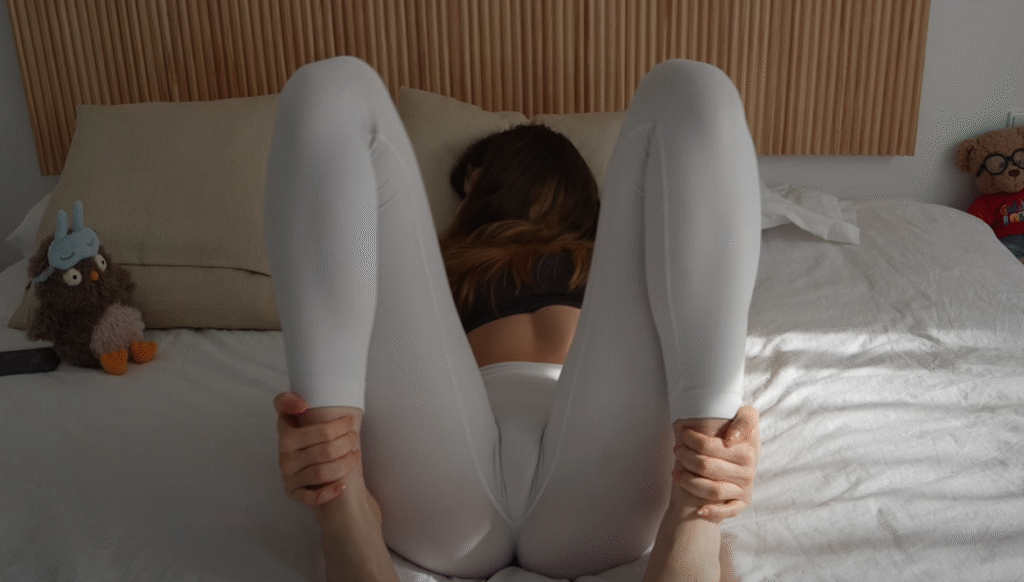
Types of Extreme Leg Stretches
There are several advanced stretches that target the legs:
- Oversplits – Going beyond a 180-degree split, the front or back leg is elevated on a surface while in a full split. This is commonly seen in ballet and advanced flexibility training.
- Needle Stretch – Involves lifting one leg straight up behind you while the upper body folds forward, often requiring strong hamstrings and hip flexibility.
- Wall Stretch – Lying on the back with both legs open in a wide V against the wall, allowing gravity to deepen the stretch.
- Standing Splits – One leg stays grounded while the other lifts straight up, often used in dance and cheerleading.
- Box Splits – Also known as middle splits, these stretches target the inner thighs and hip abductors, often requiring time and dedication to master.
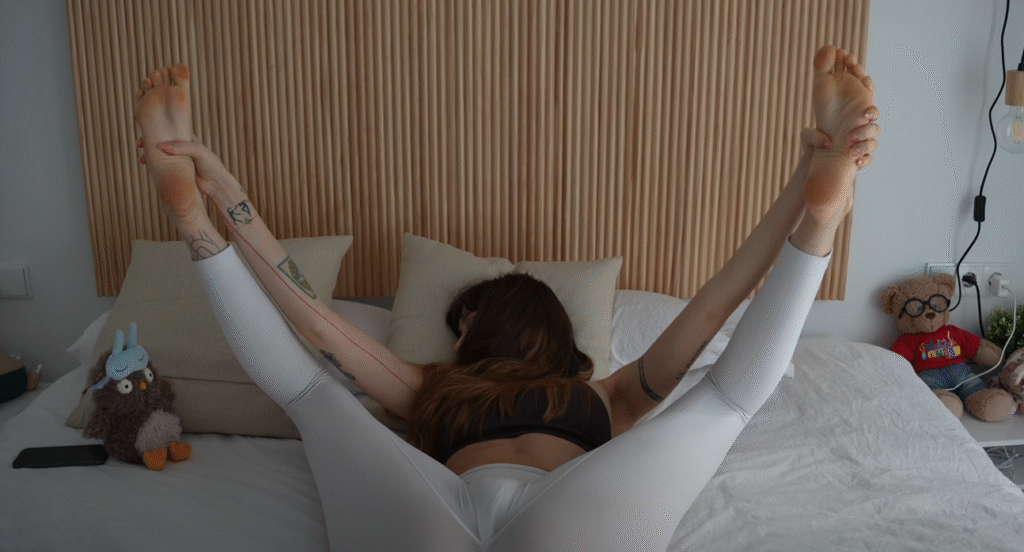
Safety First
Extreme stretching, by nature, can push the body to its limits, so safety must come first. Always warm up with light cardio and dynamic stretches before attempting deeper flexibility work. Cold muscles are more prone to injury. Never force a stretch or bounce into position, as this can lead to muscle tears or joint strain. Progress should be slow, steady, and mindful.
Using props like yoga blocks, resistance bands, and supportive surfaces can make extreme leg stretching safer and more effective. Listening to your body is essential—discomfort is part of stretching, but sharp pain is a warning sign to back off.
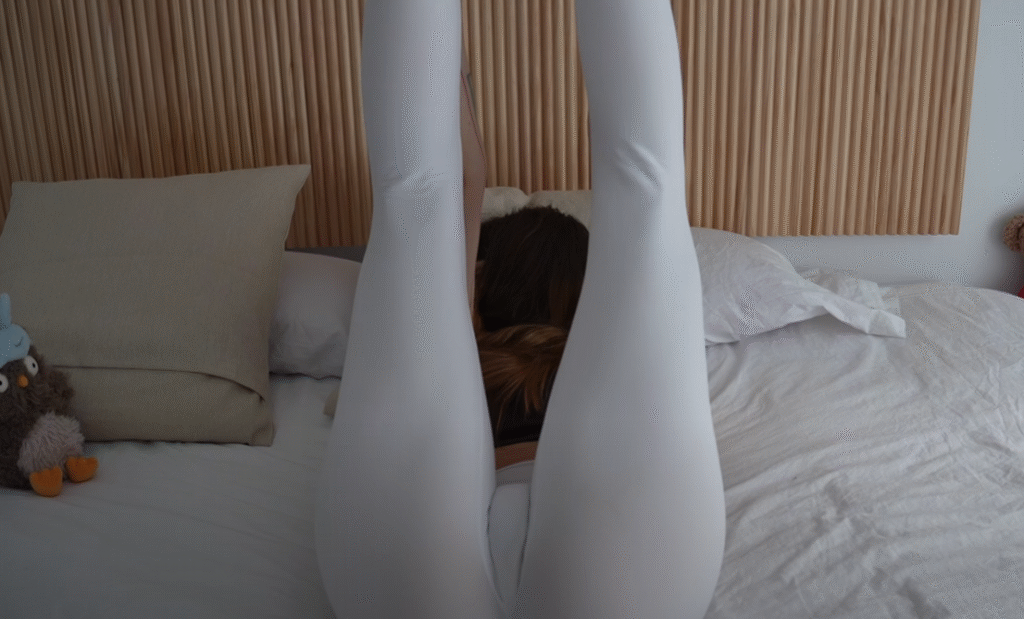
A Daily Stretching Routine
Consistency is the key to achieving extreme flexibility. Even just 15–20 minutes a day can yield impressive results over time. A balanced routine might include:
- Forward folds for hamstrings
- Lunge stretches for hip flexors
- Seated straddles for inner thighs
- Butterfly stretch for groin
- Active leg lifts to build strength in flexibility
Incorporating breathing exercises and relaxation into your stretching session can also help muscles release more deeply.
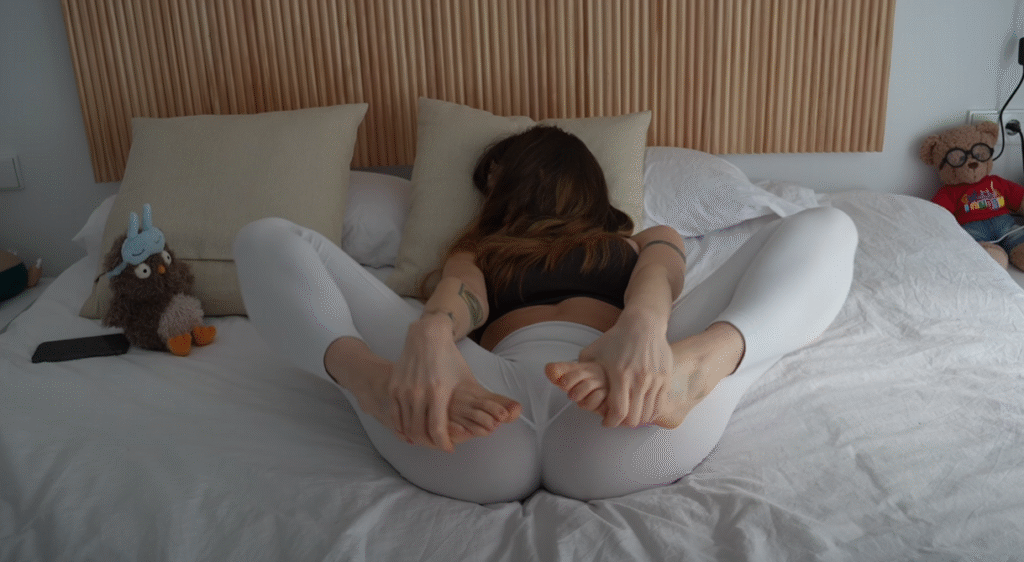
Final Thoughts
Extreme leg stretching is a journey that requires dedication, patience, and respect for your body. It can be challenging, but the rewards—increased range of motion, grace, and physical confidence—are worth the effort. Whether your goal is to hit that perfect split or just feel more mobile in daily life, keep stretching, stay consistent, and enjoy the process.
